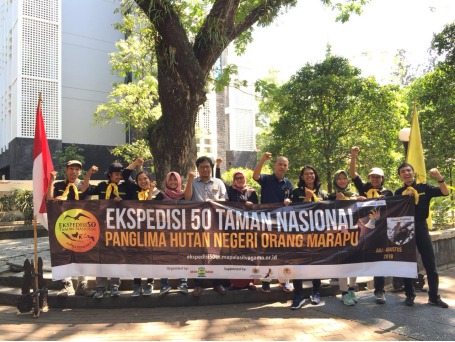
Paddy has long been considered as a staple food source by the modern community for its physical entity. As the implication, paddy is only studied with sensory approaches by scientists in biological and agricultural sciences. Meanwhile, in traditional communities, paddy is an important cultural material that is treated as a special plant. In fact, its distinctive features are interpreted through the complexity of language that labels them.
In Sasak Lombok community culture, paddy is commonly called as Pare. They believe that paddy is a blessing from heaven and earth. It is a transcendental manifestation of the sacred upper world and the profane underworld. The abundant linguistics lexical units used to label paddy in Sasak language indicate that paddy is a species of plant that has its own importance in the local culture.
A linguistic study by doctoral student of UGM Faculty of Cultural Sciences, Saharudin, S.S., M.A., discovers three linguistic functions of paddy, namely paddy as a food source, paddy for ritual, magical, healing, and cosmetic purposes, as well as paddy for religious social activities. “Paddy in the perspective of Sasak community is a being. Then, there are three classifications of local paddies that serve as symbols,” Saharudin explained in his public doctoral promotion examination at UGM, Tuesday (7/31).
He mentioned that paddy is classified into three groups, pare baeq (red paddy) as the symbol of sky, pare puteq (white paddy) as the symbol of ground, and pare bireng (black paddy) as the symbol of medium.
Rituals that involve paddy, according to Saharudin, are performed to obtain natural salvation. Rituals of Sasak community are also performed by other tribes in the world that use paddy as an ancestral staple food source. “They have known it for a long time and performed various rituals with paddy,” said the lecturer of Universitas Mataram, West Nusa Tenggara.
The sacredness of rice in traditional communities shapes the legendary figures associated with paddy, for instance, Dewi Sri as the goddess of rice in folktales from Central Java and East Java, Sanghyang Pohaci in West Java, Inak Sriti in Lombok, and Sinang Sari in Minangkabau. “The praised figures are often called and addressed in ritual ceremonies to always protect and bless humans with an abundance of rice,” he said.


